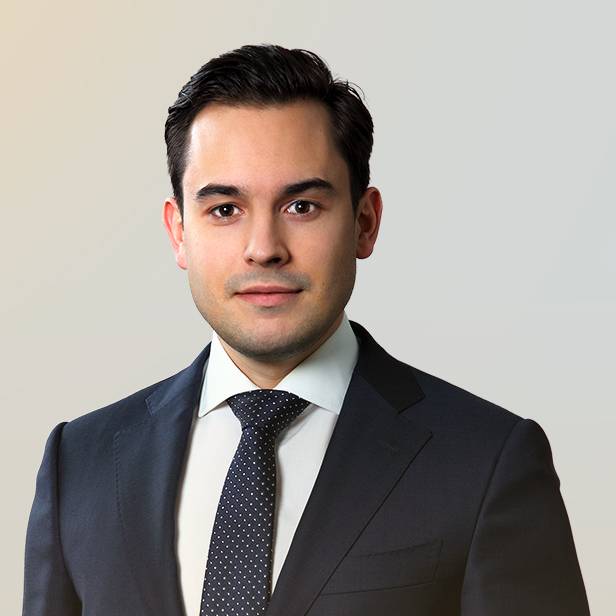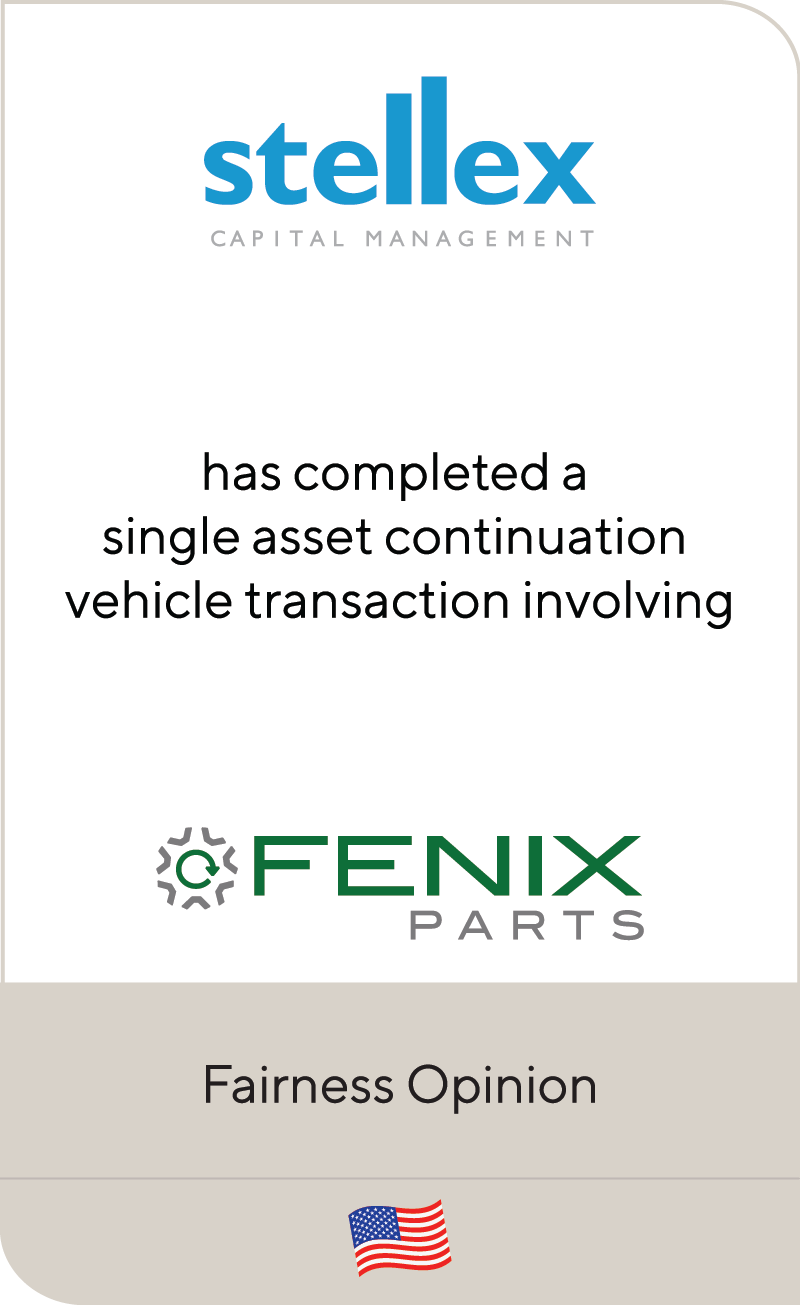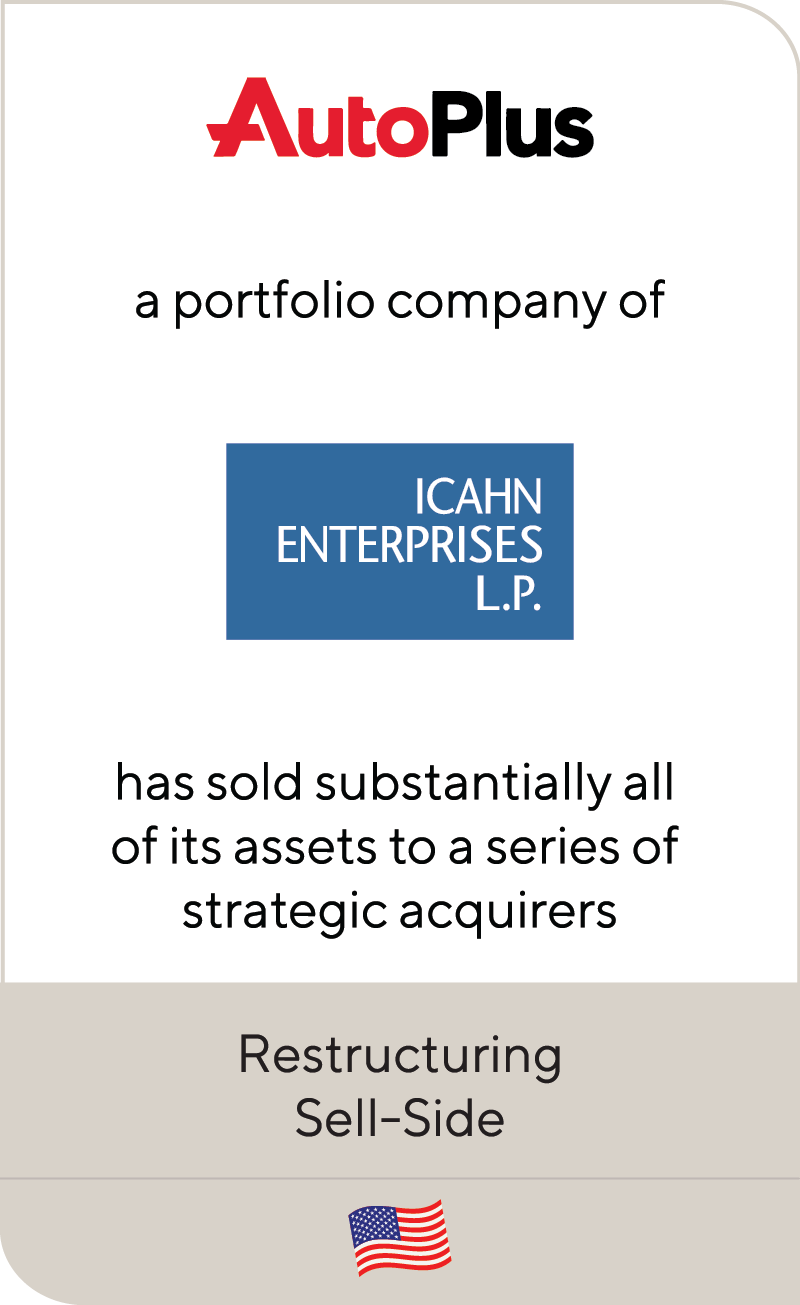Capital Requirements Drive Seismic Shifts in Auto Competitive Landscape
May 2021
From the boardrooms of auto original equipment manufacturers (OEMs) and suppliers around the globe, the geographic landscape of the automotive industry is being continuously reshaped. Archnemeses are forming unlikely alliances. Two of Detroit’s Big Three are retreating from major foreign markets. Newly formed global OEM giants are putting pressure on supply chains for consolidation, and supply chain risks have also led OEMs to apply a more domestic lens to their choice of suppliers.
What is driving this seismic shake up in the very geography of the automotive industry? Capital requirements to build the cars of the future. The race toward electrification, autonomous driving and smart vehicles has forced OEMs and suppliers to reassess their footprints, their business portfolios and their balance sheets to free up the capital to position their businesses for tomorrow.
Under this pressure to compete, Lincoln International sees four business strategies reshaping the auto industry.
Summary
-
Lincoln International's experts share four of the business strategies reshaping the auto industry.
- Click here to download a printable version of this perspective.
- Sign up to receive Lincoln's perspectives
| 1. Divest from Mature Markets to Shed Losses
In 2017, the largest OEM in the United States, General Motors, withdrew from Europe with the sale of Opel and Vauxhall to Groupe PSA. Rival Ford recently announced that they will retire their last mid-sized sedan in Europe, Mondeo, in 2022, raising further questions about the company’s intentions in Europe long-term. This news comes only two months after Ford announced their exit from Brazil after more than 100 years in the country. GM and Ford are pulling back from their global operations largely because these operations are struggling. With emphasis on electrification and technologies for autonomous driving soaking up huge amounts of capital, OEMs are employing discipline to their global footprints, pulling back from loss-making regions and redirecting that capital. One exception to the rule? Tesla has invested in a German Gigafactory scheduled to open this year.
|
|||||
| 2. Realign with Growth Markets to Boost Revenue
With just under 15 months of construction, EV leader Tesla opened Gigafactory 3 in Shanghai, a plant that could ultimately manufacture as many as 1 million EVs a year. With a growing middle class in China and strong emphasis on electrification premiumization of Western brands, Tesla has capitalized on the growth opportunity in the Chinese market, deftly winning the support of the Chinese government and evading the need for a local partner. Despite a few years of slowed growth, China remains a strong auto market. Even the nation’s 6.8% decline in car sales can be viewed as a win in the context of the pandemic—and in relation to other countries. The China Association of Automobile Manufacturers expects China to see 4% growth to 26 million new vehicle sales in 2021.
|
|||||
| 3. Localize Supply Chains to Mitigate Risks
From a blockage in the Suez Canal to a global semiconductor shortage bringing production to a standstill, the global trade infrastructure has become increasingly challenging. Cost of and delays in shipping have heightened concerns. U.S.-China trade tensions escalated in 2018 when the U.S. enforced a 25% tariff on steel and a 10% tariff on aluminum imports from China. This rise in nationalism and global tariffs has further accelerated a trend toward securing a localized supply chain.
|
|||||
| 4. Forge Alliances to Pool Capital
2021 saw the creation of Stellantis, a global behemoth bringing together Italian-American Fiat Chrysler Automobiles and French Groupe PSA. The company takes the position as the fourth largest automaker globally. CEO Carlos Tavares paints the new alliance as a path to “open new opportunities for a company that… [does] not want to be cornered in a legacy or a dinosaur position.” With the pooled revenue of FCA and PSA, Stellantis can funnel earnings into EV investments—potentially moving from a laggard to leader position. The carmaker aims to launch electric or hybrid versions of their full fleet of vehicles in Europe by 2025.
|
|||||
Contributors
Meet Professionals with Complementary Expertise
Related Perspectives

Lincoln International Managing Directors Recognized as Emerging Leaders
Lincoln International is pleased to share that The M&A Advisor named Managing Directors Adam Gifford, Brian Goodwin, Eddie Krule and Scott Molinaro as recipients in the Emerging Leaders Awards. These… Read More

“Leader to Leader” Series
The Leader to Leader video series turns up the dial on rich conversations with prominent leaders – from business owners and entrepreneurs to investors and CEOs – highlighting their stories… Read More

Lincoln’s Latest
Lincoln’s Latest video series features experts from across industries, services and geographies, sharing perspectives on current trends, recent observations and future outlooks.

The Lead Left | Webinar: 2023 M&A Outlook
Lincoln International is pleased to have participated in The Lead Left Presents: 2023 M&A Outlook, a webinar discussing market activity and expectations for the coming year. A few key takeaways… Read More





















